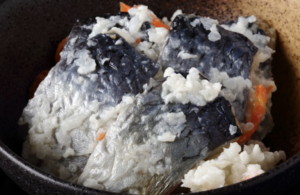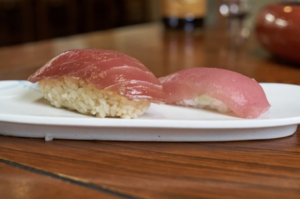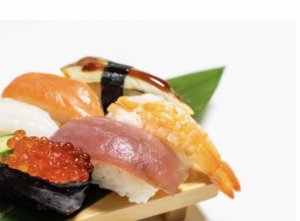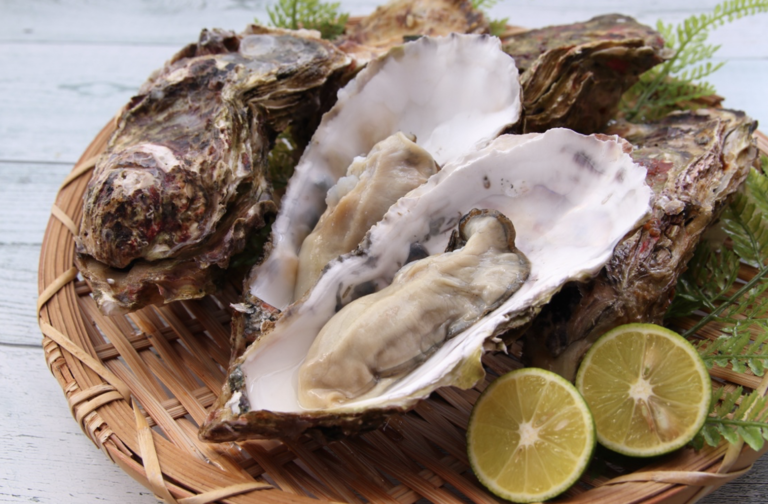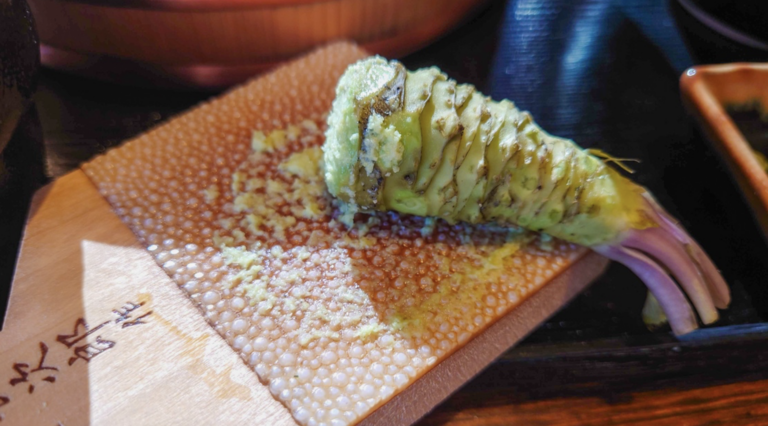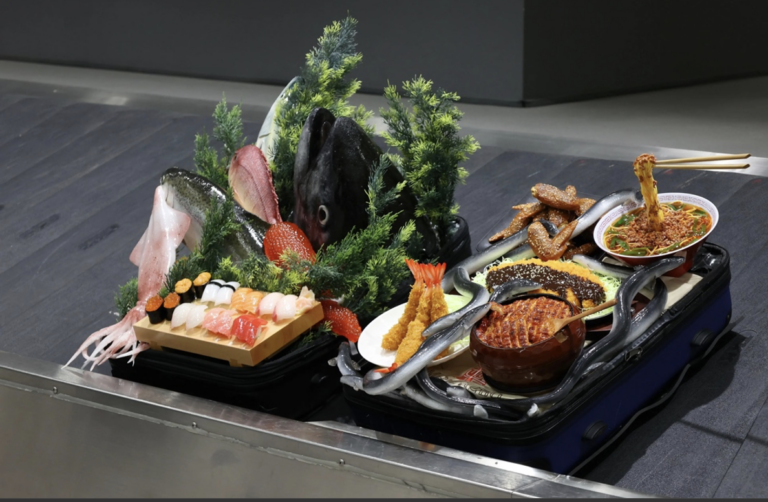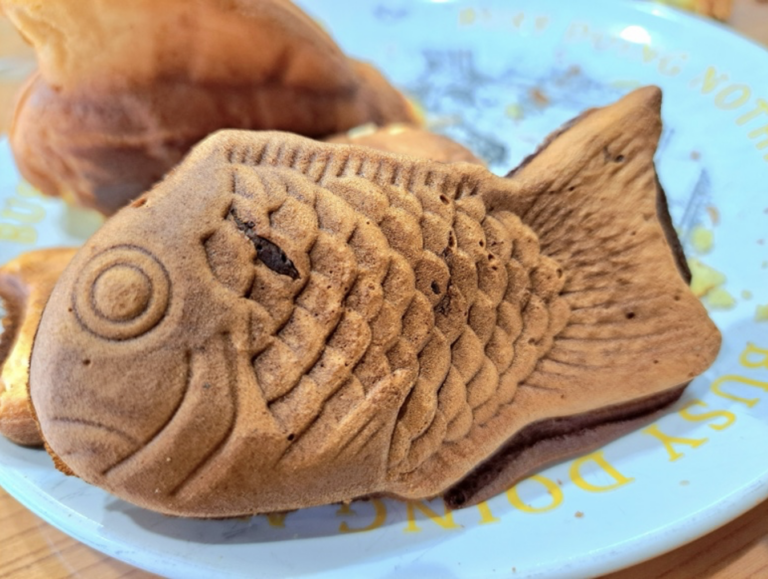Sushi, which took around 1,300 years to perfect, is a reworked version of foreign cuisine.
It is eaten by people all over the world now and has become so symbolic of Japanese food that anyone can identify with sushi as being Japanese wherever they are from. However, did you know that it did not originate in Japan?
The origin of sushi
The location is not known, but it is said to have originated in Southeast Asia, perhaps Vietnam or Cambodia. Quite different from the sushi of today, it used to be a cooking method to preserve river fish. It was a preserved food made by placing the fish on top of cooked rice allowing it to ferment until the rice grains lost their shape.

The dish pictured above was introduced to Japan during the Nara period (710 – 794), a time before the samurai, when the aristocracy ruled. It became known as “narezushi”. It still exists in Saga prefecture today and is called “funazushi” (crucian carp sushi).
During the Muromachi period (1336-1573), an era known as a time of warfare and social chaos, a culinary change took place. The food became known as “namanare”. The fermentation time was shortened so that it could be eaten with rice, becoming a little closer to today’s sushi.
Modern sushi is not fermented. A similar non-fermented way of eating sushi, called “hayazushi,” was introduced in the Edo period (1603-1867). This was in the 1700s.
About 100 years later, nigiri-zushi (hand-formed sushi) appeared. This was the archetype of today’s sushi.
However, it wasn’t raw fish yet. It was preserved fish marinated in soy sauce and salt. Sushi of this era was relatively huge, about the size of a rice ball. You can see the difference by comparing them in the photo above.
It is said that because it was too big, it was broken into two pieces and served with a knife, which is why sushi today comes in a set of two pieces.
In those days, it was a quick meal – basically the modern equivalent of fast food. Sushi has become so ubiquitous that one could equate it to being as readily available and as widespread as any fast-food restaurant.
After the age of the samurai, Japan moved forward on the path of modernization. The ice-making industry flourished, making it easier to preserve raw fish, and this is when the sushi that everyone loves today finally appeared.
Robots make sushi
One of the most difficult aspects of the sushi technique is “shari”. “Shari” is the rice that the fish sit on. Special attention needs to be given to get the right amount of grip strength when forming the shari by hand. If the rice is too hard, it is difficult to eat. If the rice is too soft, it will fall apart when you hold it in your hand. The rice should be of the consistency that makes it fall apart when it enters the mouth, but the right amount of force is the skill of a professional. In order to be able to mass produce shari, robotization is underway. As a result, sushi has become cheaper to eat.
The technique of cutting fish is also important. Cutting fish mechanically can now also be done to some extent due to the advancement of factory production technology.
At the kaiten sushi restaurant (conveyor-belt sushi), pieces of fish delivered from the factory are simply placed on top of the sushi rice made by a robot. Before long sushi might be sold in vending machines…
Frozen sushi is now available
Using special freezing technology, you can now eat sushi anytime at home.
Sushi has been modified so much that its original form is no longer recognizable. While enjoying its delicious taste, one can’t help but also wonder what other interesting transformations the dish will go through in the future.
ABE KENGO


